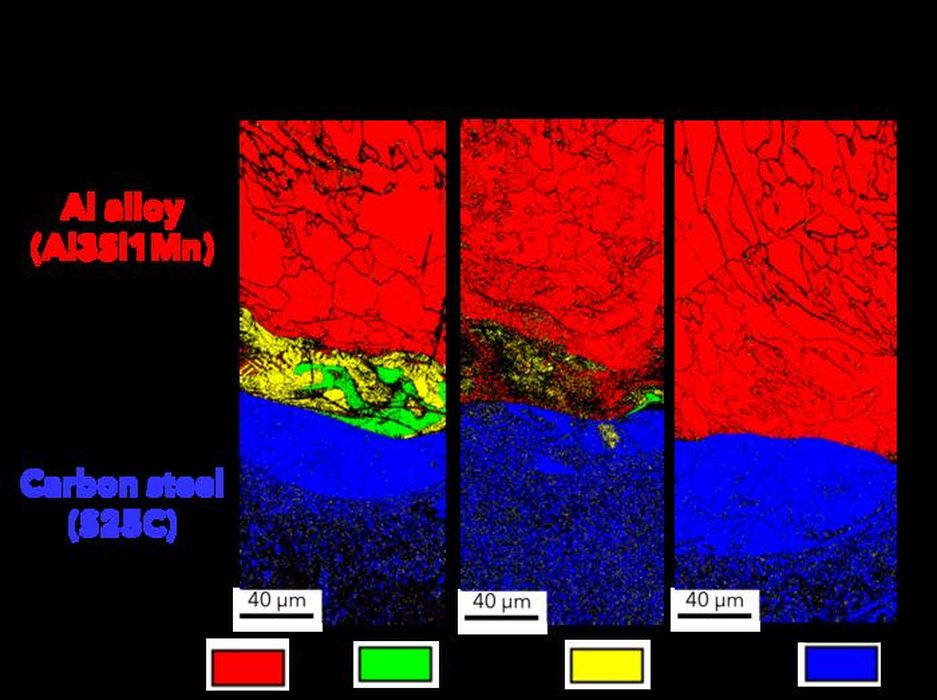
Tohoku University researchers demonstrate control of liquid/solid interface in L-PBF for multi-material applications.
Lightweighting has been a priority for the automotive industry for years but the challenge is more complicated than simply replacing heavier steel components with lighter aluminum ones. Finding the right balance of strength, durability and weight is tricky, but it’s a problem additive manufacturing (AM) is well positioned to solve.
The latest evidence of this comes from Tohoku University in Japan, where a team of engineers and materials scientists at the Institute for Materials Research and New Industry Creation Hatchery Center have made a breakthrough in multi-material 3D printing using laser powder bed fusion (L-PBF).
“Multi-materials are a hot topic in the field of additive manufacturing due to its process flexibility,” said Associate Professor Kenta Yamanaka in a press release. “However, a major challenge in practical implementation is that for certain metal combinations, such as steel and aluminum, brittle intermetallic compounds can be formed at the dissimilar metal interfaces. So, while the material is now lighter, it ends up being more brittle.”
Yamanaka and his colleagues discovered that increasing the laser’s scanning speed significantly suppresses the formation of brittle intermetallic compounds, such as Al5Fe2 and Al13Fe4. That’s because, according to the researchers, a higher scanning speed results in non-equilibrium solidification, minimizing the solute partitioning that normally occurs during a multi-material L-PBF process and which creates weak points in 3D printed parts.
“You can’t just slap two metals together and expect them to stick without a plan,” said Specially Appointed Assistant Professor Seungkyun Yim. “We had to fully understand the in-situ alloying mechanism first.”
Read the rest of this story at ENGINEERING.com
